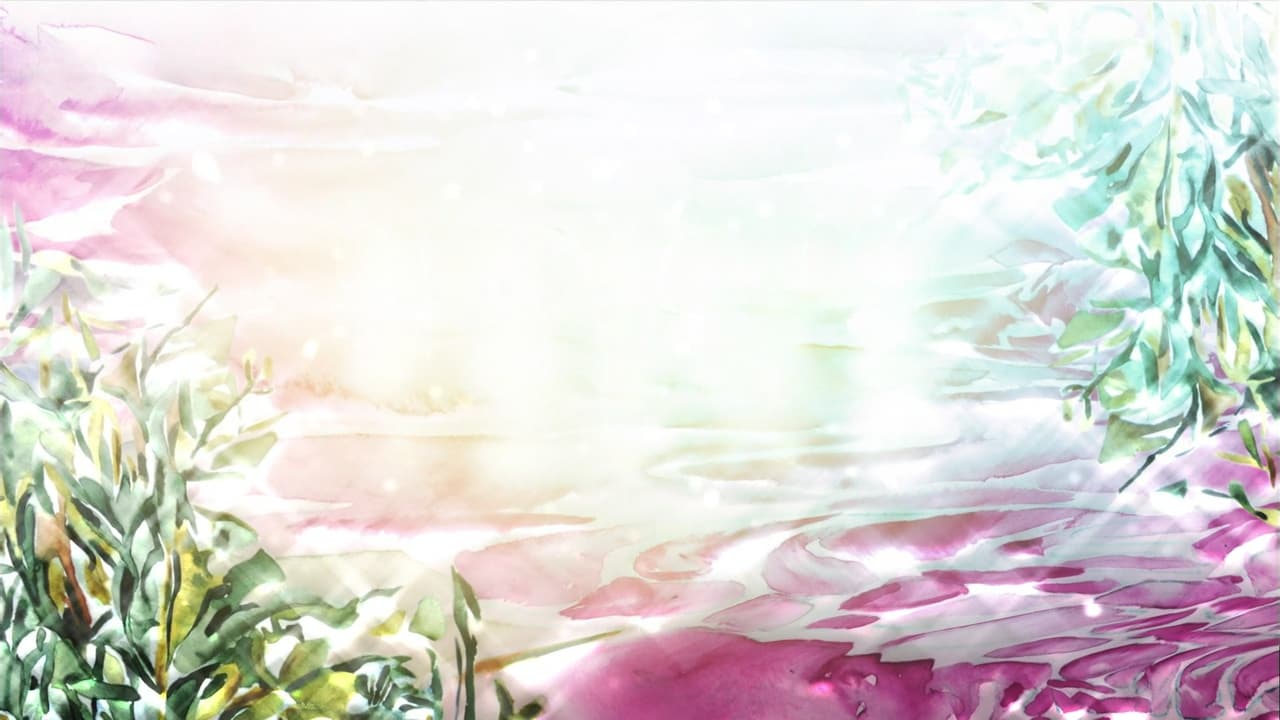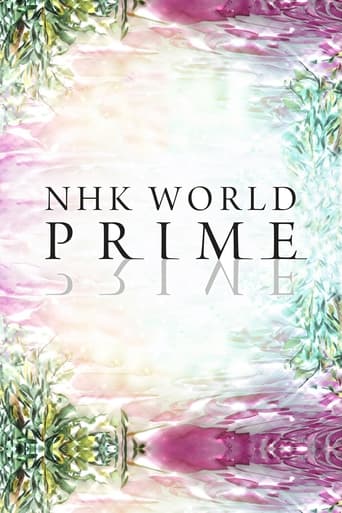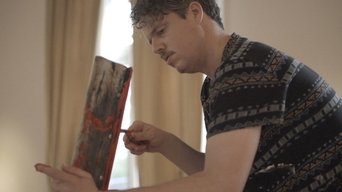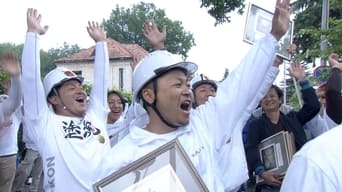NHK WORLD PRIME Season 1

NHK WORLD PRIME brings you a world of mainly documentaries, and more. Tune in to see special select programs on all sorts of topics and genres.
Watch NowWith 30 Day Free Trial!
NHK WORLD PRIME
2017
NHK WORLD PRIME brings you a world of mainly documentaries, and more. Tune in to see special select programs on all sorts of topics and genres.
Watch Trailer
NHK WORLD PRIME Season 1 Full Episode Guide
Three Japanese mothers who lived through the 2011 nuclear disaster in Fukushima Prefecture make a special trip to the eastern European country of Belarus. Waiting for them are mothers who lived through the 1986 nuclear catastrophe at Chernobyl. By sharing their experiences, their pain, and making new friends, the Fukushima mothers not only come face-to-face with scars left by the disaster, but also discover hints for overcoming the past and for moving forward.
It all began with an unusual request: "Could you film everything about me until I die?" Masahiro Tanaka was a palliative care doctor and Buddhist priest who was diagnosed with terminal cancer. He was an end-of-life specialist who helped thousands of patients die peacefully. Now he had to face his own impending death. The film crew set out to document an "ideal death", but what they witnessed was quite different. This program offers an unflinchingly honest look at human nature at its most vulnerable.
Fiona is a senior account manager for a company in Shanghai that promotes overseas luxury brands. Her days are occupied with international client meetings. She entertains herself by spending her money on nail decorations, expensive clothes, fancy dining and overseas vacations; however, these never brought her satisfaction. Sneaking away from her busy schedule, she trains herself in a boxing gym until her physical limit. Parents didn't expect much of her, as men are more valued under the one-child policy. She also failed exams to get in university under excessive academic pressure. We depict her struggle to survive through Chinese competitive society.
In ancient times, Japan was once covered with trees. Traces of this primordial forest still remain in the deep, untouched woods of Yakushima Island, Japan's first World Heritage Site. A prime example is the Jomon Sugi, a large Japanese cedar that is more than 2,000 years old. However, according to legend, an undiscovered "giant cedar tree" exists on the island. Using cutting-edge technology, NHK began the search for this legendary tree. See what they discover on their quest to find and understand these spectacular cedars.
In search of wanted criminals, the Japanese police have a secret weapon they use when all other investigative methods fail: miatari finders. In this day and age, when forensic science has become the norm, miatari finders comb the streets relying only on their memory and intuition. Hitoshi Morimoto of the Osaka Prefectural Police is known as the "god of miatari". He has arrested the most number of wanted criminals in Japan. Morimoto uses a unique technique of drawing the suspects into his mind. He talks to photos of the suspects and burns the images into his memory. This program follows Morimoto on his last days before his retirement.
Japanese artist Manabu Ikeda makes ultra-detailed drawings with the fine tip of a single pen. As a resident artist at a museum in the U.S. state of Wisconsin, he toiled for 3 years on one large drawing, painstakingly completing a small area measuring only several centimeters square each day. NHK documented his slow, daily progress in the final weeks leading up to the drawing's completion. Ikeda was spurred to make his drawing by the 2011 Great East Japan Earthquake and subsequent tsunami. Starting in a state of psychic pain, he drew nothing but debris at first, but eventually went on to depict a great tree with branches in full bloom. The finished work has elicited a deep emotional response in large numbers of viewers.
American journalist John Hersey (1914-1993) opened the eyes of much of the world to the aftermath of the atomic bombing of Hiroshima. In this program, Cannon Hersey retraces his grandfather's footsteps and considers the domestic climate in the United States since the start of the Trump presidency. In 1967, amidst racial strife, John Hersey wrote that every white person bore some degree of responsibility for violence against African-Americans. Half a century later, racial and religious prejudices are again spawning attacks. The program explores the seeds of hate and what they might grow into.
The "To-Kon Painters" add color to the lives of people who are short on cash. They're volunteers who will travel anywhere for a good cause, painting buildings and playground equipment free of charge. Most are former social dropouts who once belonged to biker gangs or quit school. We follow them to Lithuania, where they repaint a memorial honoring Chiune Sugihara, a Japanese diplomat who helped 6,000 Jews flee the Holocaust during World War II. The painters must overcome cultural and linguistic challenges to get the job done.
Free Trial Channels
Seasons




























